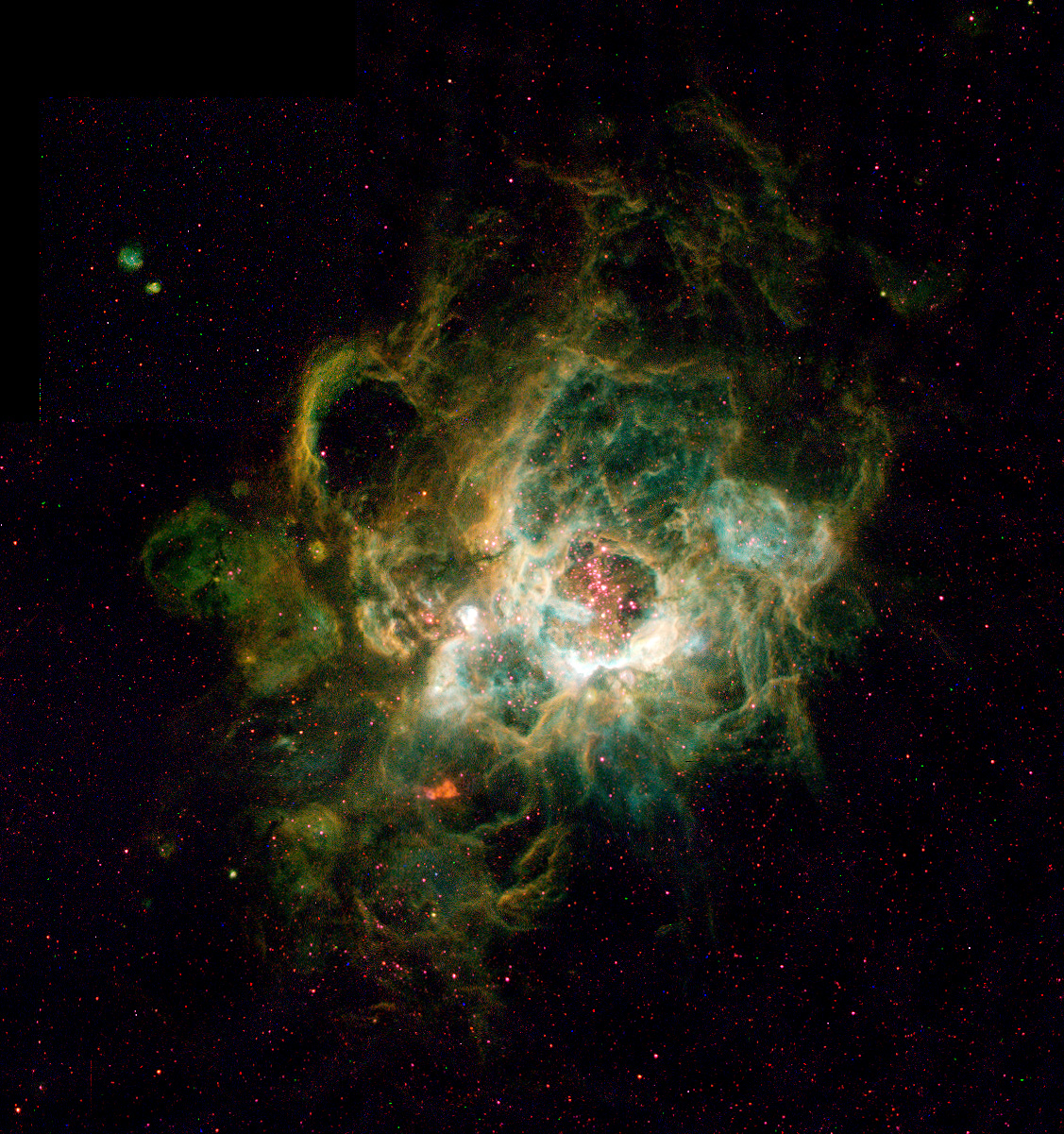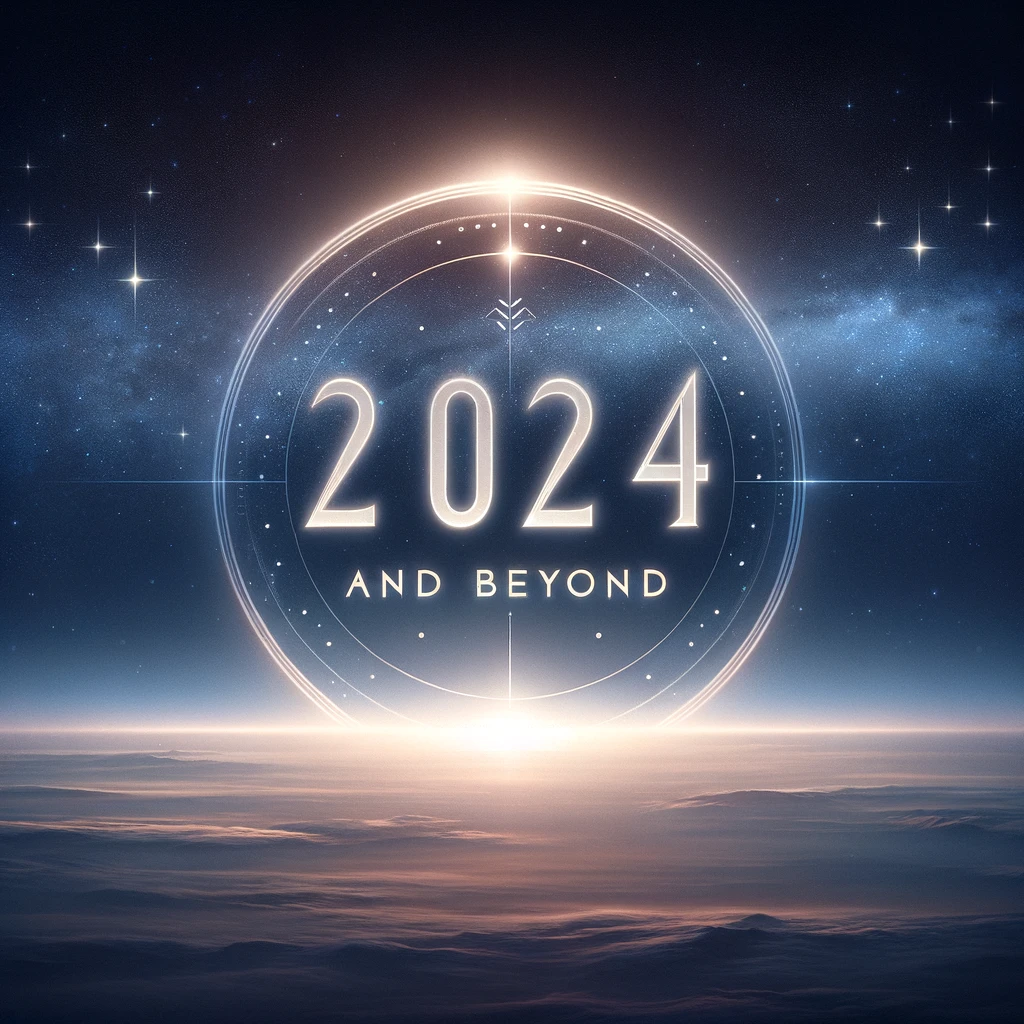
Monumental Transformation Continues
The current and upcoming planetary alignments build upon the momentous astrological events of 2020, which included the unusual lineup of planets in Capricorn. This celestial assembly signaled a period of profound transformation, shaking the very bedrock of our societal structures. Among these is the ongoing Pluto Return of the United States. The energetic ripples initiated during this time are still cascading through our lives. With this in mind along with significant outer planet formations in view, 2024 shapes up to be a year of considerable impact, perpetuating these dynamic cosmic waves well into the coming decade.
Remember the astrological year really begins when the Sun reaches the World Point, or 0 Aries, which in 2024 occurs on March 21. The upcoming year can be analyzed using this chart for any geographical location. More about this in upcoming posts.
Total Eclipse Path Crosses the USA
The Annular Solar Eclipse on October 13, 2023 crossed the USA, and the April 8, 2024 Total Solar Eclipse does as well, forming an X over the heartland at Texas. This is significant, indicating the energetic focal point and where cosmic energy will be concentrated. This should be an area for intensified change and transformation for the six months between eclipse seasons. Some astrologers see this as an indication of the growing border issue, especially in Texas and some predict a growing case for a split or civil war for the country.
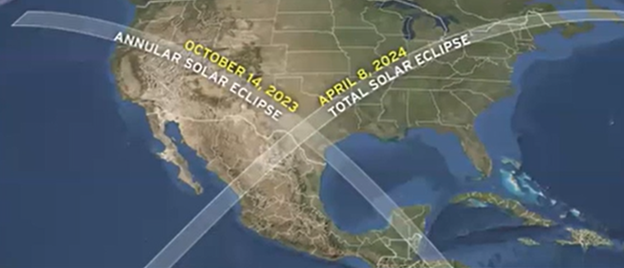
Harbingers of Change
The social and outer planets, which move more slowly and tend to remain in place longer, are particularly important. From 2024 on until 2032, there are several significant major outer planetary movements to consider:
Jupiter Conjunct Uranus in Taurus – April 2024

When Jupiter conjuncts Uranus in Taurus, it is a rare and significant astrological event that tends to bring about major changes, especially in areas ruled by Taurus such as the Earth and the financial system. This can herald a period of sudden change, innovations, and breakthroughs on a global scale. It often brings about technological advancements, social reforms, and shifts in cultural paradigms. Here are some ways this may be felt:
Financial Innovations and Changes: Taurus is a sign closely associated with finances, material resources, and values. This conjunction might bring unexpected opportunities for financial growth, new ways of earning, or sudden changes in financial markets. This is a time when innovative financial technologies (like digital currencies) could gain prominence.
Shift in Values and Beliefs: Jupiter represents expansion, philosophy, and beliefs, while Uranus is about innovation and revolution. This conjunction might prompt a collective re-evaluation of what we value, not just materially but also spiritually and ethically. There could be major shifts in religion and spirituality.
Breakthroughs in Earth-Related Matters: Taurus is an Earth sign, associated with nature, agriculture, and the physical world. This transit could bring significant advancements or unexpected changes in agriculture, environmental protection, and our relationship with the Earth.
Personal Freedom and Independence: Uranus encourages individuality and breaking free from constraints. Coupled with Jupiter, this could be a time when people feel more inclined to assert their independence, seek personal freedom, and express their unique qualities.
Unexpected Opportunities and Changes in Direction: Jupiter conjunct Uranus often correlates with surprises and opportunities coming out of the blue. It is a good time for taking risks (within reason) and embracing new paths that suddenly appear.
Technological Advancements: Uranus rules technology and innovation. Its conjunction with Jupiter in Taurus might bring breakthroughs in technology, particularly those that have practical applications and improve daily life.
Cultural and Social Shifts: This aspect can also signal significant shifts in social and cultural norms, as Uranus disrupts the status quo and Jupiter expands upon new ideas.
Jupiter makes everything bigger and there is a shadow side to every aspect, so these are also possible considerations:
Financial Instability: Uranus can bring sudden and unpredictable changes. When it meets Jupiter in Taurus, a sign associated with finances and material resources, this could manifest as volatility in financial markets, unexpected economic downturns, or risky financial bubbles.
Over-Expansion: Jupiter is about expansion and sometimes overdoing things. This conjunction could lead to overconfidence in financial or business matters, prompting people to take unwarranted risks that might not pay off.
Resistance to Change: Taurus is a sign that prefers stability and can be resistant to change. The disruptive energy of Uranus, amplified by Jupiter, might clash with this, causing tension and resistance, both on personal and societal levels.
Environmental Repercussions: Given Taurus’s association with the Earth and nature, rapid technological advancements or sudden changes in how we interact with the environment could have unforeseen negative impacts, such as ecological imbalances or exploitation of natural resources.
Cultural and Social Disruption: While change can be positive, the abrupt and expansive nature of the Uranus-Jupiter conjunction might also lead to disruptive social and cultural shifts that can be challenging for many to adapt to.
Overemphasis on Materialism: Taurus’s focus on material comforts combined with the expansive nature of Jupiter and the radical energy of Uranus could lead to an overemphasis on materialism, neglecting spiritual or emotional well-being.
Reckless Pursuit of Freedom: Uranus is about freedom and breaking away from restrictions, and when amplified by Jupiter, this can sometimes manifest as recklessness or a disregard for necessary structures and boundaries.
Historical Experience
The last conjunction of Uranus and Jupiter in Taurus occurred in the year 1941. This astrological event happens approximately every 13-14 years, but the conjunction specifically in the sign of Taurus is much rarer, occurring roughly every 84 years due to Uranus’ longer orbital period.
In 1941, the world was in the midst of significant upheaval due to World War II, and this period was marked by rapid technological advancements, significant geopolitical shifts, and major economic changes – themes that resonate with the energies of both Uranus (sudden change, innovation) and Jupiter (expansion, growth) in the earthy, material-focused sign of Taurus.
Pluto Return for the United States

We are in the midst of the US Pluto Return, with the last exact hit in December 2022. However, the impact of this return will be long-lasting, probably until the end of the decade.
Everything old and trusted is being tested and turned upside down. This is worldwide, not just in the United States. Corruption is being exposed in every corner of society. Any abuse of power will be revealed. Buried corruption and secrets are being dredged up from the dark to the light of day for all to see.
Pluto is the Great Destroyer and the Great Regenerator. We are preparing for something better to come.
As a country, we are at that moment in history that so many empires have faced before. We became an empire after WWII when Britain fell from this position during their Pluto Return. Most empires last about 250 years which coincides with Pluto’s slow movement around the zodiac. When an empire experiences their Pluto return they are either transformed or destroyed. Rome lived through two Pluto Returns but was destroyed at the second one.
Pluto in Aquarius – November 2024 to March 2043
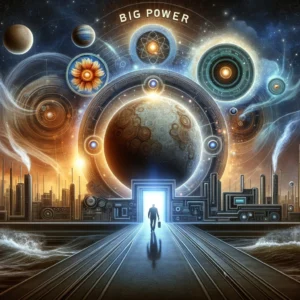
Pluto moves slowly and its entry into Aquarius in November 2024 marks a significant shift in the collective focus towards themes like technology, humanitarianism, and social change. This transit is expected to bring transformations in how societies connect and govern themselves, emphasizing the collective over the individual. However, with Pluto, there is always a transformational and often incredibly disruptive effect. Pluto plows up the fields to prepare for the new planting, and in doing so, dredges up long-buried secrets and turns everything upside down. In Aquarius, Pluto is likely to expose the dark underbelly of science, technology and other Aquarius topics. Here are some ways this may manifest:
Tyrannical Overreach by Government: Pluto in Aquarius could signify the potential for power struggles and control issues within technological and communal arenas. There is a risk of government or large corporations wielding excessive control over digital spaces, personal freedoms, and privacy.
Technological Manipulation and Surveillance: The dark side of Pluto in Aquarius could manifest in the form of increased surveillance, data privacy breaches, and the manipulation of information. There might be a heightened concern about how technology is used to monitor and control populations.
Radicalization and Extremism: Aquarius, associated with radical ideas and movements, might see Pluto’s transformative energy manifest as a rise in extreme ideologies or revolutionary movements that challenge the status quo, potentially leading to social upheaval.
Disruption of Social Systems: Pluto’s transformative nature in Aquarius could lead to the breakdown of existing social systems and structures, which, while potentially leading to positive long-term changes, might initially cause chaos, uncertainty, and resistance.
Power Struggles within Groups: Aquarius also governs groups, communities, and collective movements. Pluto’s influence might bring intense power struggles within these groups, leading to splits or significant transformations in their dynamics and purposes.
Technological and Scientific Ethical Dilemmas: As Aquarius is linked with innovation and progress, Pluto’s transit might bring to the fore ethical dilemmas surrounding advancements in technology and science, challenging societies to confront the moral implications of their choices.
Historical Experience
Pluto’s last transit through Aquarius occurred over two centuries ago. Pluto, being one of the outer planets, has a very slow orbit, taking about 248 years to complete a full cycle through the zodiac. Consequently, it spends around 20 to 30 years in each sign.
Pluto was last in Aquarius from the late 18th century to the early 19th century. The exact dates were from 1778 to 1798. This period was marked by significant events and shifts, especially reflecting the themes associated with Pluto (transformation, power, and deep change) and Aquarius (innovation, rebellion, and humanitarianism).
Key historical events during this time include:
- The American Revolution (1775-1783): This period marked the struggle of the Thirteen Colonies in North America to win independence from Britain, which reflected the Aquarian themes of liberation and the fight for democratic ideals, combined with Pluto’s themes of deep-seated transformation.
- The French Revolution (1789-1799): This was a period of radical social and political upheaval in France that profoundly affected French and modern history. It was characterized by the rise of democracy and the fight against tyranny and oppression, aligning with both Aquarian and Plutonian themes.
- The Beginning of the Industrial Revolution: Although the Industrial Revolution started in the 1760s, it gained significant momentum during Pluto’s transit through Aquarius. This era saw major advancements in technology and industry, transforming societies from agrarian to industrial, a fitting reflection of the transformative energy of Pluto in the sign of innovation, Aquarius.
These events symbolize the combination of Pluto’s transformative and sometimes disruptive energy with Aquarius’s focus on progress, freedom, and collective change. As with all astrological phenomena, these events can be seen as reflective of the energies associated with the planets and signs involved, rather than being directly caused by them.
Timekeepers of the Solar System

The great timekeepers of our solar system, Jupiter and Saturn, entered Aquarius, leaving the Earth signs where they had been for the past 200 plus years and entered Air in December 2020, heralding a time of significant cultural change.
The December 2020 conjunction was significant because these planetary giants moved from the heavy Capricorn earth energy into the revolutionary air sign Aquarius. Jupiter and Saturn have an 800 year cycle and spend about 200 years in each element. There was a brief foray into air between 1981 and 2000 and then a return to earth. This conjunction signifies a big change as they have now moved into air where they will remain until December 20, 2159 when they move into water at 7 Scorpio. The ripple effects of the 2020 conjunction in terms of social structures, economic models, and collective ideologies will continue to unfold throughout this decade.
Saturn is the karmic lesson bringer and its movement into new signs is significant. It makes several important moves during this decade.
Saturn in Pisces – 2023 to 2025
Saturn entered Pisces in 2023 and remains there until May 2025. Saturn is not comfortable in Pisces. Saturn is all about boundaries, restrictions and grounding. Pisces has no boundaries, is formless, unrestricted and cosmic. When Saturn enters Pisces, there are bound to be Pisces themes of compassion, healing, and spiritual growth, with an emphasis on structure, but at the same time, there can be struggle with boundaries and reigning in the formless. For example, expect issues around the world involving boundaries, which we are seeing here in the U.S. and also throughout Europe at this time with the huge migration of people into these countries. This worldwide diaspora is historically connected to the great timekeepers entering Air and with Saturn now in formless Pisces, expect border issues to emerge around the world.
There can be an emphasis on emotional restrictions, tests and limitations, a feeling of heaviness or sense of isolation. Mental health issues and addictions come to the forefront. There can be artistic or spiritual repression. Historically, transits of Saturn through Pisces have been times when societies grappled with issues related to compassion, refugees, and marginalized groups, as well as periods marked by a focus on spiritual and religious matters.
Historical Experience
The transit of Saturn through Pisces has historically coincided with significant periods where themes of structure (Saturn) meet the realms of spirituality, compassion, and the collective unconscious (Pisces). Saturn takes about 29.5 years to complete its orbit around the zodiac, spending approximately 2.5 years in each sign. Its transit through Pisces, therefore, marks a time when societal structures and boundaries (Saturn) are influenced by Piscean qualities like empathy, sensitivity, and imagination.
Looking back at historical periods when Saturn was in Pisces can provide insights into the kinds of themes and events that might be associated with this transit:
- Early to Mid-1990s: Saturn was in Pisces from May 1993 to April 1996. This period saw significant developments in global politics, including efforts towards peace and reconciliation in various conflict zones. For instance, the Oslo Accords, signed in 1993, marked a major step in the Israeli-Palestinian peace process. There was also a focus on addressing global humanitarian issues and a rise in spiritual and new-age movements.
- Mid to Late 1960s: From March 1964 to March 1967, Saturn was in Pisces. This era was characterized by the counterculture movement, which sought to dismantle rigid societal norms. It was a time of spiritual exploration, with growing interest in Eastern philosophies and mysticism, paralleled by social upheavals and movements for civil rights and social justice.
- Late 1930s to Early 1940s: Saturn’s transit through Pisces from February 1935 to January 1938 coincided with a complex period leading up to World War II. This era saw the rise of authoritarian regimes and the beginnings of global conflict, as well as efforts to escape harsh realities through art, film, and other forms of escapism.
- Early 1900s: From January 1906 to May 1908, Saturn was in Pisces. This period saw significant advancements in the arts and a growing interest in psychology, particularly the works of Sigmund Freud and the exploration of the unconscious mind.
In astrology, Saturn’s transit through Pisces is often seen as a time for the collective to face its fears and limitations in the realms of spirituality, compassion, and universal interconnectedness. It is a period for addressing the balance between material reality (Saturn) and the more intangible, spiritual, or emotional aspects of life (Pisces).
Saturn in Aries – May 2025 to April 2028
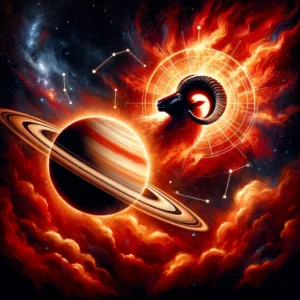
When Saturn moves into Aries in May 2025, expect increased conflict and aggression. Aries is associated with assertiveness and war. Saturn’s transit here could bring to light issues related to conflict management, aggression in politics, or military matters.
Initiative and Restrained Action: Saturn can symbolize restriction and limitation. In Aries, this might translate to difficulties in starting new projects or initiatives, or a general feeling of being held back or delayed in actions.
Leadership Challenges: Aries also relates to leadership. Saturn’s influence could highlight challenges or limitations in leadership roles, possibly leading to a more cautious or conservative approach to leadership.
Historically, Saturn’s transits through Aries have coincided with times of heightened political tensions, conflicts, and the beginnings of new political or social eras, often after a period of struggle or restraint.
Collective Learning and Growth: Despite these challenges, Saturn’s transits are often viewed as times of collective learning, maturation, and the establishment of new structures or systems. The effects of Saturn’s transits are usually long-lasting, laying the groundwork for significant developments that unfold over many years.
Historical Experience
Saturn was in Aries during some significant historical periods, including times of major wars. Here are a few examples:
- World War I: Saturn was in Aries from January 1916 to April 1918. This period falls within the timeline of World War I, which lasted from 1914 to 1918. During this time, the war was at its peak, characterized by significant battles, military strategies, and shifts in alliances.
- American Civil War: During the American Civil War, Saturn was in Aries from March 1862 to September 1864. This period covers some crucial phases of the war, including several major battles and significant political and military developments.
- Revolutionary and Napoleonic Wars: Saturn was in Aries from June 1796 to March 1799, which overlaps with the period of the French Revolutionary Wars and the early stages of the Napoleonic Wars. This era was marked by significant military and political upheaval across Europe.
These historical periods are notable for their intense conflicts and the redefinition of national and international boundaries and structures, which align with the themes often associated with Saturn’s transit through Aries. Saturn in Aries can symbolize a time of restructuring leadership, authority, and strategies, often in response to conflict or challenges to established order.
Neptune in Aries January 2026 to May 2038

As slow moving Neptune moves into Aries, there may be a shift in collective ideals, spiritual beliefs, and artistic expressions, possibly favoring more assertive and individualistic expressions of spirituality and creativity.
The transit of Neptune through Aries, which happens approximately every 165 years, has historically coincided with significant cultural, spiritual, and ideological shifts. Neptune’s influence tends to dissolve boundaries, fostering ideals, spirituality, and sometimes confusion or disillusionment. Aries, as a sign, is associated with assertiveness, pioneering spirit, and sometimes aggressiveness.
Historical Experience
The last time Neptune was in Aries was from 1861 to 1875, a period that saw several notable historical events and trends:
American Civil War (1861-1865): This was a defining period in United States history, characterized by intense conflict and transformation. Neptune’s influence here could be seen in the dissolution of the old social order (particularly around slavery) and the idealism that drove both sides of the conflict.
Rise of Nationalism: The mid-to-late 19th century was marked by the rise of nationalism in various parts of the world. The unification of Italy (completed in 1871) and Germany (in 1871) are examples of this trend. Neptune in Aries could be associated with the idealistic and assertive pursuit of national identity and sovereignty.
Spiritualism and Occultism: The 19th century saw a surge in interest in spiritualism, the occult, and other esoteric practices. Neptune’s presence in Aries could be linked to the pioneering spirit in exploring these mystical and spiritual frontiers.
Technological and Scientific Advances: This period witnessed significant technological innovations, including advancements in transportation and communication, like the completion of the First Transcontinental Railroad in the United States (1869). These innovations reflect Neptune’s dissolving of boundaries and Aries’ pioneering spirit.
Artistic and Cultural Movements: In the realm of art and culture, this period saw the rise of movements that broke with traditional forms, like Impressionism in painting, which emerged in the late 1860s. This aligns with Neptune’s association with creativity and Aries’ tendency to initiate new beginnings.
Reform Movements: Various social and political reform movements gained momentum during this period, including efforts towards women’s suffrage and labor rights. These movements often embodied Neptune’s ideals and Aries’ drive for action.
Uranus in Gemini April 2026 to August 2032

When slow moving Uranus enters mental Gemini, expect significant changes in communication, information technology, breakthroughs and inventions.
Historical Experience
The last time Uranus was in Gemini was from 1941 to 1949, a period marked by significant historical events, primarily World War II and its aftermath. Uranus represents change, revolution, and innovation, while Gemini is associated with communication, information, and mobility. During this transit, several key developments aligned with these themes occurred:
- World War II (1939-1945): This period saw immense global conflict. Uranus in Gemini brought rapid advancements in communication and transportation technologies, which were crucial to the war effort. This included the development of radar, significant improvements in aircraft technology, and the early stages of computer technology (like the Colossus and ENIAC).
- The Development of Nuclear Technology: The Manhattan Project, leading to the development of the atomic bomb, occurred during this time. Uranus’s energy in Gemini can be associated with the groundbreaking and controversial advancements in nuclear physics and their profound impact on warfare and international relations.
- Rise of Mass Media and Propaganda: Gemini’s influence over communication combined with Uranus’s penchant for innovation saw the rise of mass media, including more widespread use of radio and the beginnings of television. These media were used for information dissemination and propaganda during the war.
- Post-War Innovations and Changes: After the war, there was a surge in innovation, particularly in transportation and communication, as technologies developed during the war found peacetime applications. This period also saw the beginning of the Cold War, marked by a significant shift in geopolitical structures and the start of the space race.
- Social Movements and Cultural Shifts: Post-WWII, many countries experienced social and cultural shifts. Uranus in Gemini’s influence can be seen in the spread of ideas and social movements, particularly those advocating for civil rights and independence in various colonies.
- Advances in Aviation: The aviation industry saw rapid development during this period, with significant improvements in aircraft technology leading to faster, more efficient, and safer planes.
These events and trends reflect the disruptive, innovative, and communicative qualities of Uranus in Gemini. The transit often corresponds with periods of significant technological advancement and shifts in the way information is shared and used.
The Barbault Index
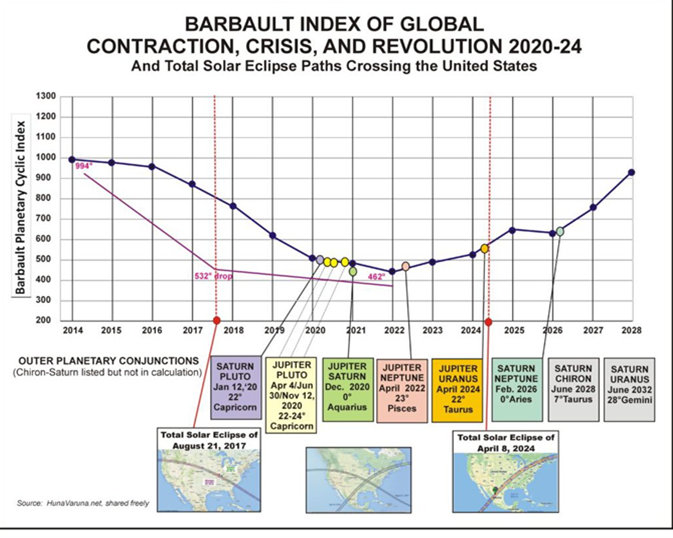
The Barbault Index, named after the French astrologer André Barbault, is a method used in astrology to predict global trends and events. This index is based on the angular distances between the five slow-moving planets: Jupiter, Saturn, Uranus, Neptune, and Pluto. The key principle of the Barbault Index is that the lows of the graph it produces are indicative of periods of international crisis or significant global changes.
Originally the idea of Henri-Joseph Gouchon, André Barbault refined and popularized this analysis. He noticed that during the times when the planets are closely aligned (conjunctions), representing low points on the graph, the world experienced periods of tension, crisis, or transformation. Conversely, when the planets are more evenly spread across the sky, representing high points on the graph, it corresponds to times of growth, optimism, and reconstruction.
For instance, significant lows in the graph were observed during the periods of World War I and World War II, aligning with the periods of major global crises. Similarly, the deep low around 1983, despite not corresponding to a major international military conflict, was a period of heightened global tension, particularly between the United States and the Soviet Union.
In recent years, the Barbault Index predicted a period of significant global tension around 2020–2021, which was indeed a period marked by the COVID-19 pandemic and various geopolitical tensions. According to his analysis, we are in the bottom of the trough now and things should begin to improve around 2026-2027.
More to Come
The astrological aspects we are discussing are expected to influence a wide range of areas, including global tendencies, societal frameworks, and the collective mindset. Each will uniquely contribute to the ongoing story of the late 2020s and early 2030s. It is important to see astrology as a tool to explore potential trends and themes rather than a definitive predictor of events. The unfolding of actual occurrences is the result of various elements, such as human action, societal decisions, and historical backgrounds. Astrological insights offer a perspective to comprehend the underlying forces and motifs at play, but they do not predetermine set outcomes. Despite potential turmoil in the external world, it is feasible to navigate these times effectively and even find them to be rewarding and productive. For a personalized understanding of how these trends might affect you, an analysis of your individual astrological chart in relation to these movements is advisable.
I will be adding to this page as time permits as this is a period of great significance for the world and for us personally who are here to witness the unfolding of events. This is also a numerological 8 year which has it’s own implications. In addition, it is the Year of the Wood Dragon in Chinese astrology which begins February 10, 2024. The Uranus Return is coming up for the United States in July 2027, which in itself should be monumental. Bookmark this page to follow updates.

